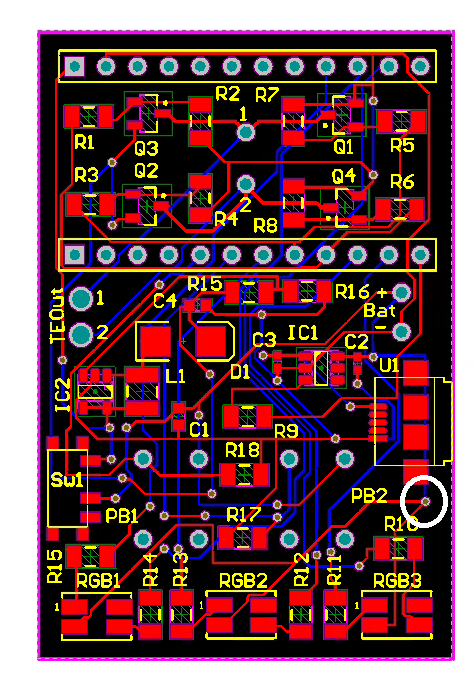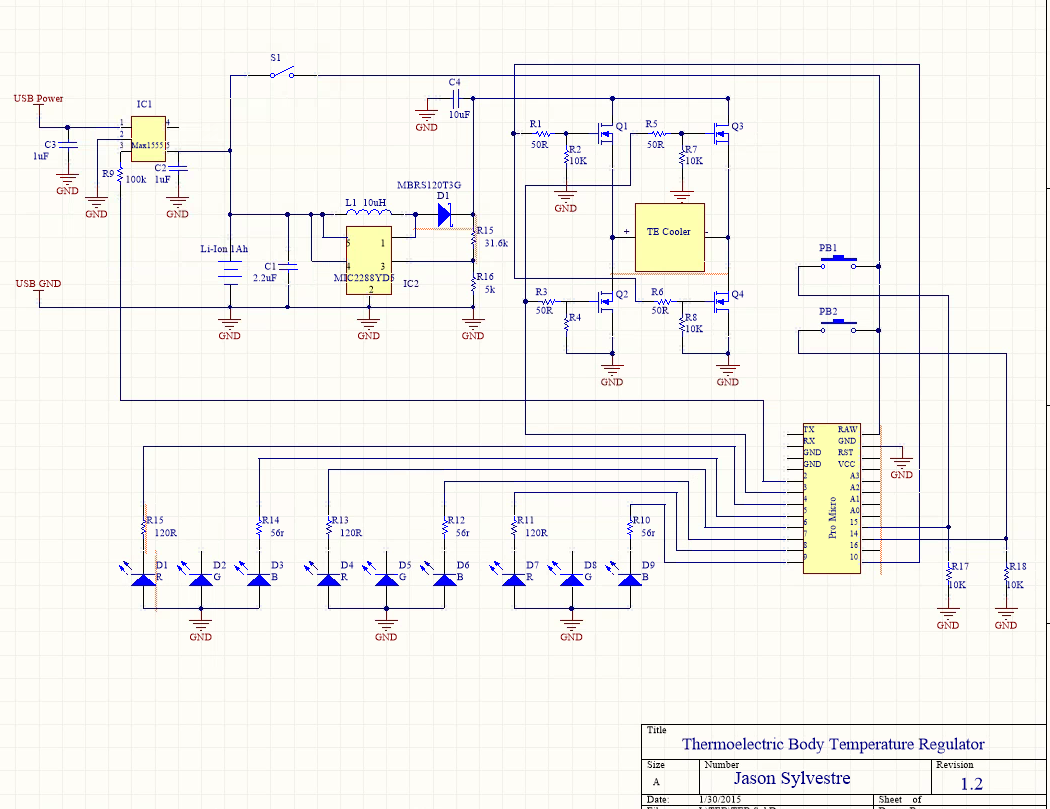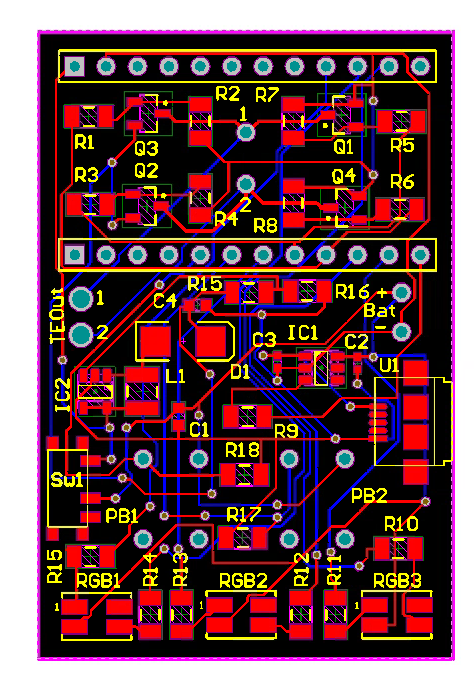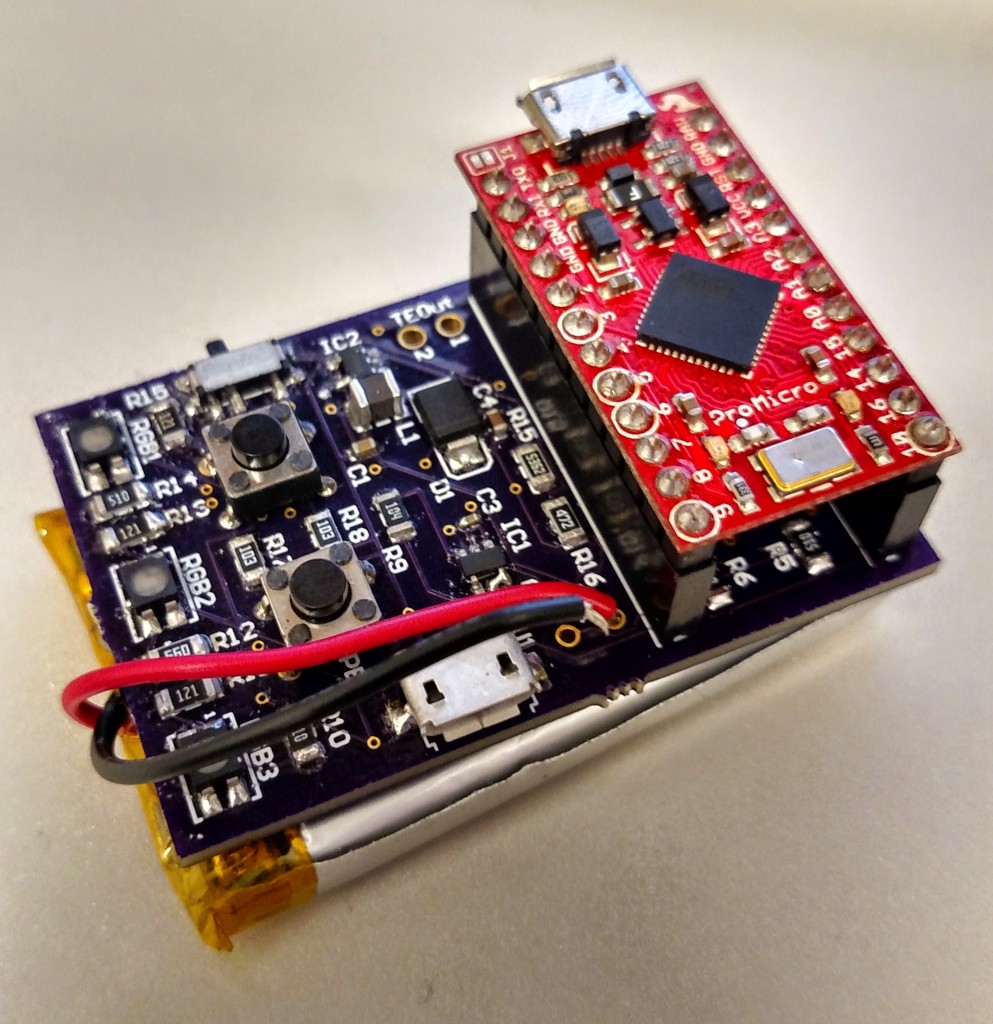It seems to be well understood that accommodation declines with age, but I’d like a strong reference to cite, and a little better understanding of the how and why.
Still don’t have a ref I really like for citing. Mordi is maybe okay.
What I found:
When optometrists want a citation for this, it’s a set of slightly conflicting papers. They seem to agree on a range from 50-60 for end of decline … mostly.
The Mordi papers seems to be a good overview, though they’re maybe a bit strongly in favor of the Hess-Gullstrand (lens-centric) theory; they set the tone for my current understanding of things, so if they’ve a bias, I’ve probably inherited it. They cite at least one other paper they claim is a good overview.
Their take is that most conflicting results are due to small sample sizes and the general difficulty of isolating things for measurement (which might partly just be arguing for their larger sample size and chosen means of measure, but their arguments are plausible to my naiveté). For example, in their dynamics paper, they suggest there’s a linear area of response speed bookended by nonlinear (due to different biomechanics) , and many studies mix response in the linear and non-linear region; this skews results of participants with reduced accommodative range, where the nonlinear accounts for a larger relative portion of the total region. So, uh, things are fraught with complicated subtleties.
Seems most modern work is either deciding why static accommodation loss happens, or measuring dynamic aspects with some novel tech.
Loss is modeled either by the Hess-Gullstrand theory, which thinks it’s lenses, or the Duane-Fincham extra-lenticular theory, which perhaps focuses on the ciliary muscle, though I think it was Strenk that seemed to think muscles could cohabitate with Hess-Gullstrand. It’s surprising that things are still so foggy with so many years of study and methods of inquiry applied (Glasser takes lenses from cadavers and manipulates them in complete isolation; other studies use IR or lasers or ultrasound for high-frequency imaging of eyes in situ). Medical science sounds messy, on several levels.
Also there’s a Hung-Semmlow “model of accommodation”. (Ophthalmology is a land of hyphens.)
Also, “Duane’s curve” may be the standard against which amplitude of accommodation is compared, though it’s from 1912 and assumably based on subjective measures. ( Future reading?)
Other factors explored include increased pupillary response with age (contraction? enough to change observed luminance?), what sounds like an absence of small oscillations in steady-state focus, and changes to tonic accommodation.
I have a vague sense that it might be worth measuring tonic accommodation, but no concrete reason other than that it changes between individuals. Fairly sure other VR studies have done this, but I don’t remember any findings.
Also maybe worth investigating: Mordi claims the decline apparently extending to 60, instead of 50, years of age is due to a “depth-of-focus” contamination effect. Maybe important? They cite a paper.
-
Glasser, A., & Campbell, M. C. W. (1998). Presbyopia and the optical changes in the human crystalline lens with age. Vision Research, 3816/S0042-6989(97)00102-8(2), 209–229. doi:10.10
-
Heron, G., Charman, W. N., & Schor, C. M. (2001). Age changes in the interactions between the accommodation and vergence systems. Optometry and Vision Science : Official Publication of the American Academy of Optometry, 78(10), 754–762. doi:10.1097/00006324-200110000-00015
-
Kasthurirangan, S., & Glasser, A. (2006). Age related changes in accommodative dynamics in humans. Vision Research, 46, 1507–1519. doi:10.1016/j.visres.2005.11.012
-
Mordi, J. a., & Ciuffreda, K. J. (2004a). Static aspects of accommodation: Age and presbyopia. Vision Research, 44(February 1997), 591–601. doi:10.1016/j.visres.2003.07.014
-
Mordi, J. a., & Ciuffreda, K. J. (2004b). Dynamic aspects of accommodation: Age and presbyopia. Vision Research, 44, 591–601. doi:10.1016/j.visres.2003.07.014
-
Ramsdale, C., & Charman, W. N. (1989). A longitudinal study of the changes in the static accommodation response. Ophthalmic & Physiological Optics : The Journal of the British College of Ophthalmic Opticians (Optometrists), 9, 255–263.
-
Schaeffel, F., Wilhelm, H., & Zrenner, E. (1993). Inter-individual variability in the dynamics of natural accommodation in humans: relation to age and refractive errors. The Journal of Physiology, 461, 301–320.
-
Strenk, S. a, Semmlow, J. L., Strenk, L. M., Munoz, P., Gronlund-Jacob, J., & DeMarco, J. K. (1999). Age-related changes in human ciliary muscle and lens: a magnetic resonance imaging study. Investigative Ophthalmology & Visual Science, 40, 1162–1169.





